Wandering the streets in Colmar, France.
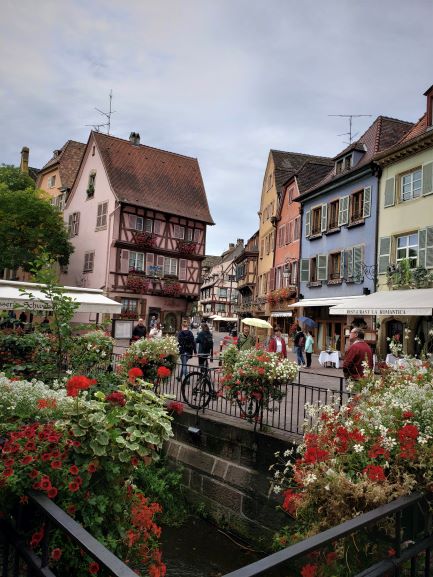
Wandering the streets in Colmar, France.

Troyes is a renaissance city in the south part of the Champagne region with many cathedrals. Several things grabbed our attention as we first read about the city and then as we wandered along the streets.
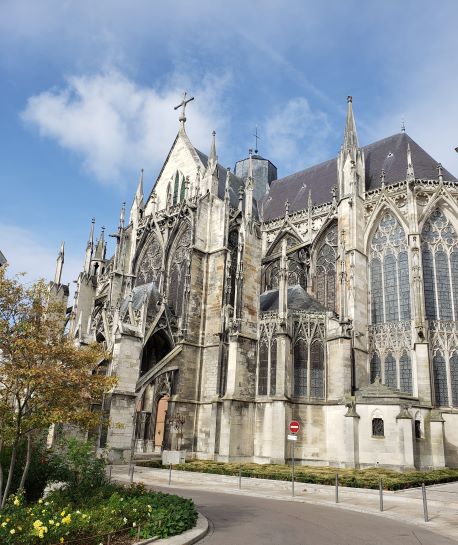
The half-timbered houses are not the typical white with brown timbers. These are multi-colored houses. There was a fire in 1524, which destroyed almost the entire city. When the houses were rebuilt, colors were used on the houses and buildings. It makes for a pretty historic center.
Then there are the cathedrals. Troyes has eleven cathedrals. That’s right…11 cathedrals in one city. We had time to visit five. Each of the Troyes cathedrals is special. Each one has its own special windows and features. I have never seen so much stained glass. I have never seen such a variety of stained-glass windows.
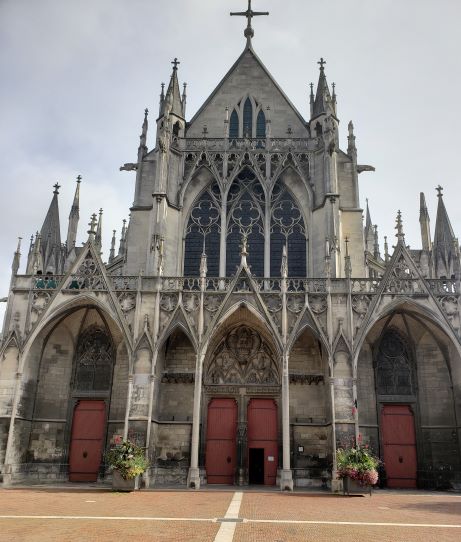
The first Troyes Cathedral was started in the 13th century and completed over 400 years later. You might think this would make for a jumbled mess of design. It doesn’t. It is entirely Gothic throughout. This is considered one of the most beautiful churches in all of Europe.
Walking into the spacious nave, we could only stand and stare. Light engulfed us as it streamed in through more than 1,500 square meters of stained glass. That is over 16,000 square feet. That’s a lot of stained glass.
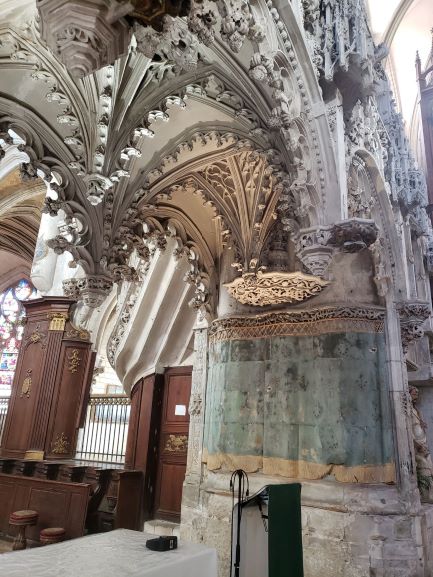
Some of these windows date back to the 1200s.
There are three huge rose windows, each over 30 feet across. We often see one impressive one. But, three? They were all designed by Martin Chambiges, a renaissance architect. So many colors and light. As I kept looking at one of the windows, I felt like I could be in a kaleidoscope. The colors changed, the shapes jumped out at me, and the light continued to radiate.
Eglise Sainte-Madeleine is probably the oldest church in Troyes. Some say it is the most beautiful.
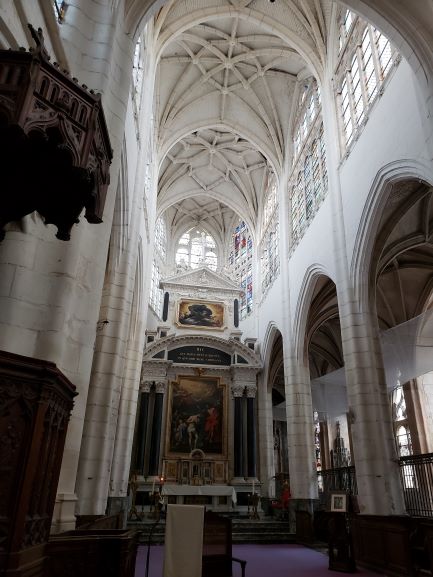
Construction dates from 1120, being rebuilt around 1200 in a Gothic style. The apse and choir were renovated around 1500 in a more flamboyant Gothic style. The square Renaissance looking tower was added in 1525.
One of the most impressive parts is its famous rood screen. A rood screen is an elevated stone gallery between the nave and the choir. It has room for a choral group or officiating priests. This was originally wooden. Replaced with a stone one, it has the look of lace. And, it did look like lace. It was hard to believe it was stone. Only about a dozen religious buildings in France still have a rood screen.
In addition, the apse’s stained-glass windows are colorful story-telling examples. The Tree of Jesse, The Genesis, and The Pearls of Saint Eloi are some of the best we have seen. Unlike others, the stories presented are easy to follow.
Don’t let the outside fool you into thinking the inside will be plain. Not the case.
The Basilica of Saint Urbain was commissioned by the 13th century Pope Urbain IV, who was born in Troyes. He had it built on the site where his shoemaker father had his workshop.
This one includes stained glass windows from the 13th century and a large amount of historic art.
There are more…you will just have to see them for yourself.
If You Go: Troyes is located about two hours southeast of Paris. Check out other amazing parts of Troyes in Travels and Escapes
The oasis at Anza-Borrego Desert State Park in February 2010.
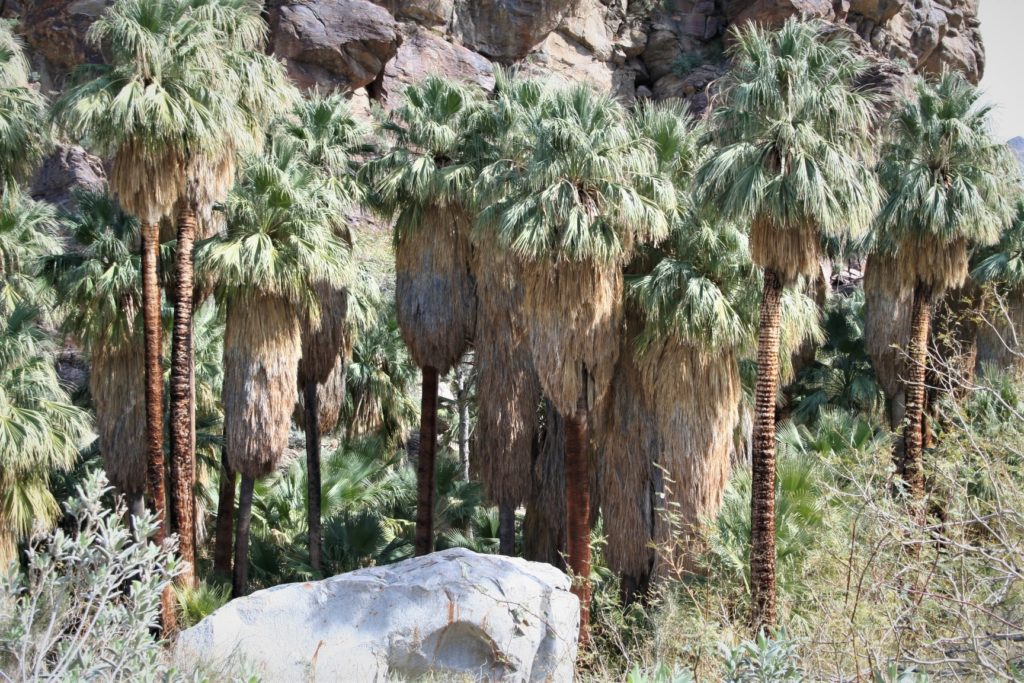
If You Go: Anza-Borrego Desert State Park is located at 200 Palm Canyon Drive, Borrego Springs, CA
The city of Troyes is steeped in more history than I can recount.
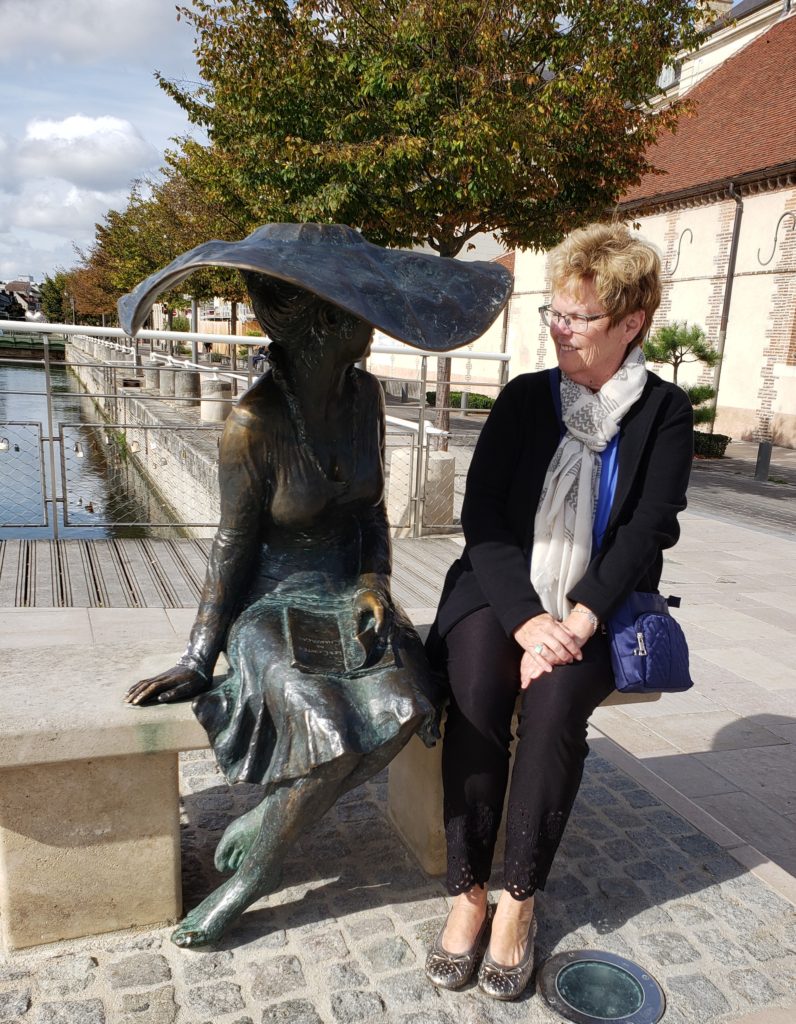
Take books, especially pocket books. More commonly recognized as paperback books, these got their start here in Troyes.
Starting out as “Blue Books” in the early 17th century, these were recycled books that had already been published. A printer in Troyes turned them into new editions.
Clever guy.
They were re-written, abridged versions designed for the general public instead of just school kids. With fewer pages, cheaper paper, smaller size, and poor-quality printing, these were definitely low cost.
Vendors could sell them at village fairs and markets all over the region. They were known as blue books because the covers were always blue. Recycled paper used to package sugarloaf was used on all the covers.
France’s first paper mill also just happened to be located in Troyes. Convenient, huh?
The city produced linen and hemp textiles as well. At that time, paper was made from ground-up rags which were transformed into pulp.
As the Champagne Fairs gained in popularity, Troyes became a major paper production center. Over a dozen paper mills produced the finest paper, sought after for quality publications.
Paper production continues today with companies using hemp fiber for paper, making tissues and toilet paper, and using recycled cardboard for new packaging.
Do you like Prosecco? It’s an easy drink, the bubbles give excitement to your glass, and it’s affordable. It makes a great spritz, pairing it with some Aperol.

But, what else do you know about it?
Did you know the Glera grape, which grew in the Prosecco region of Italy, was grown in Ancient Rome?
Have you ever looked at the label around the neck of the bottle? Did you see the letters DOC or DOCG? The DOCG is slightly higher quality…and I agree. The grapes grow on vines in limestone hillside. Everything is done by hand…and it’s a steep hill.
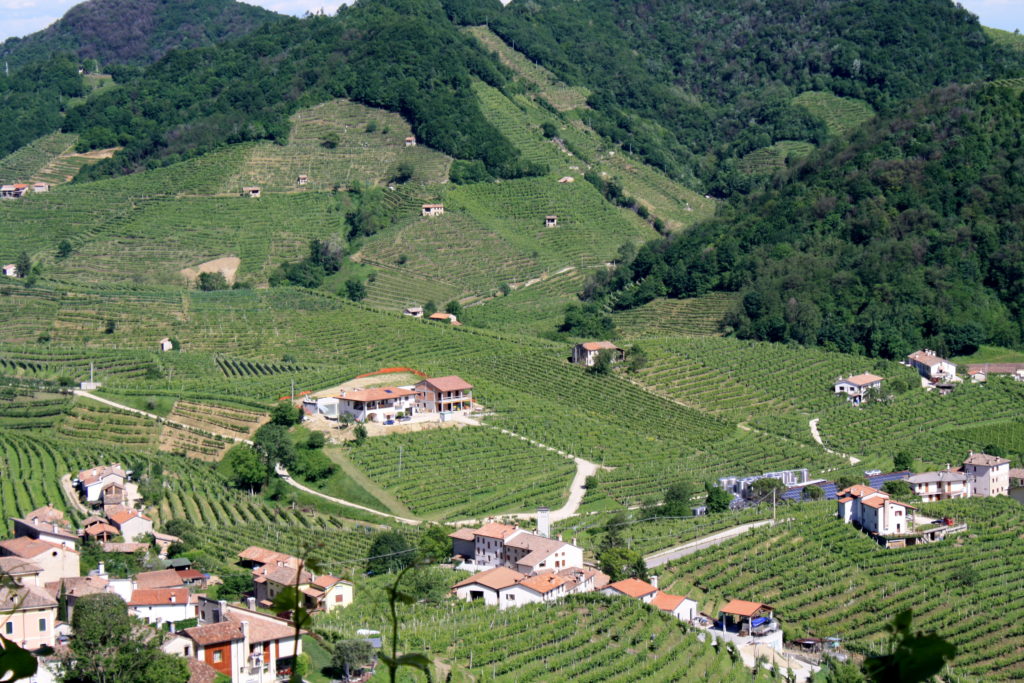
Did you realize most Prosecco is not made in the typical methode champenoise? It’s made in the charmaat method or tank method, where the fermented wine goes through its secondary fermentation in big steel tanks, not in the bottle. This means less contact with the yeast sediment, or lees.
Since aromatic grapes are used, the cleaner tank method allows those flavors to shine. More taste.
My favorite comes from the region of Valdobbiadene. It’s a great place to put on your list to visit.
Notre Dame de Reims
It’s not uncommon for cities in France to have more than one church or even more than one cathedral. In fact, we sort of expect to see different sizes each with their own amazing features. It is always humbling when we realize the time frame in which they were built. We are not talking about the last 50 years, either.
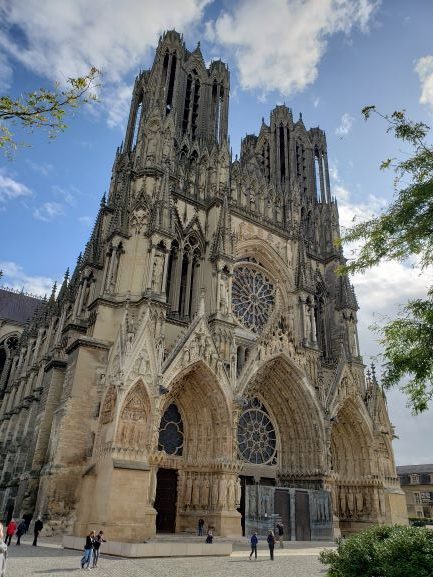
Some have weathered well. Others, not so much. Some were casualties of a world war or some group fighting against another one. Still, some remain almost unblemished.
We visited tiny towns with huge churches whose steeples dominated their skylines. Other cities and their skylines were dotted with various sizes of steeples, turrets, and rising columns full of stained glass.
We had been visiting several churches and cathedrals in different cities and towns in the Champagne area of France. We didn’t need to travel far to find different architecture, yet similar looks.
One, in particular, captured our hearts. Notre Dame de Reims…
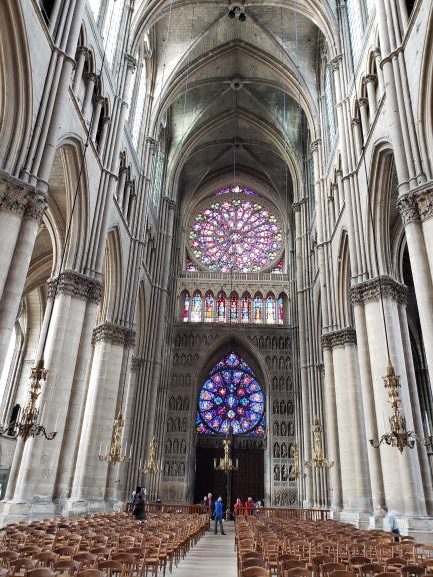
This cathedral has been an important part of French history. It’s also classified by UNESCO as a world heritage site. But, that’s not all we loved about it.
First a little history…
Okay, many cathedrals have their own history. This one just happens to have more than others.
As are many cathedrals, this one was huge inside. How huge?
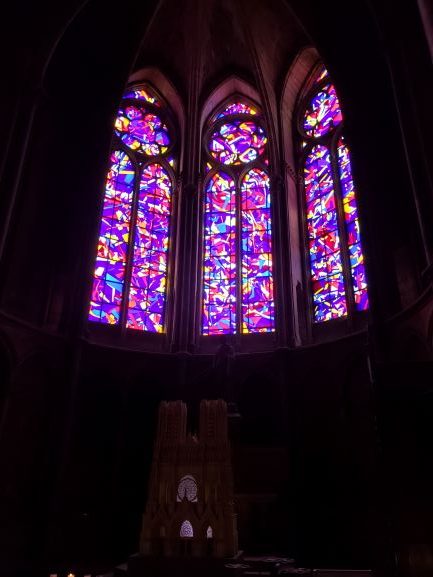
No wonder it took us over an hour just to walk around and admire the spectacular interior.
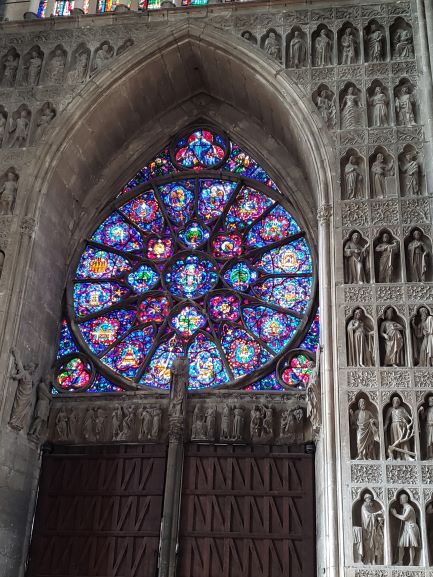
Some favorites during our visit…
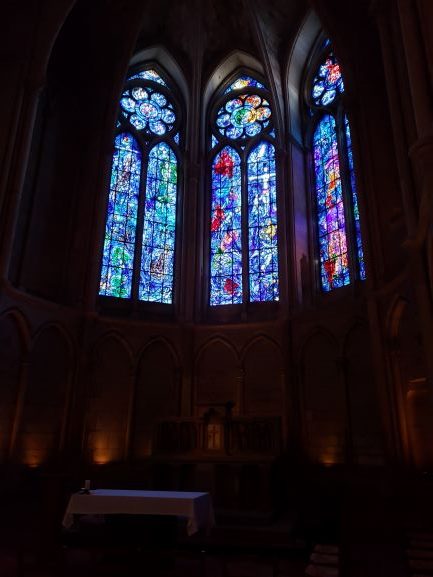
If you find yourself in or near Reims, France, this is definitely worth the time to visit. Its beauty is hard to match.